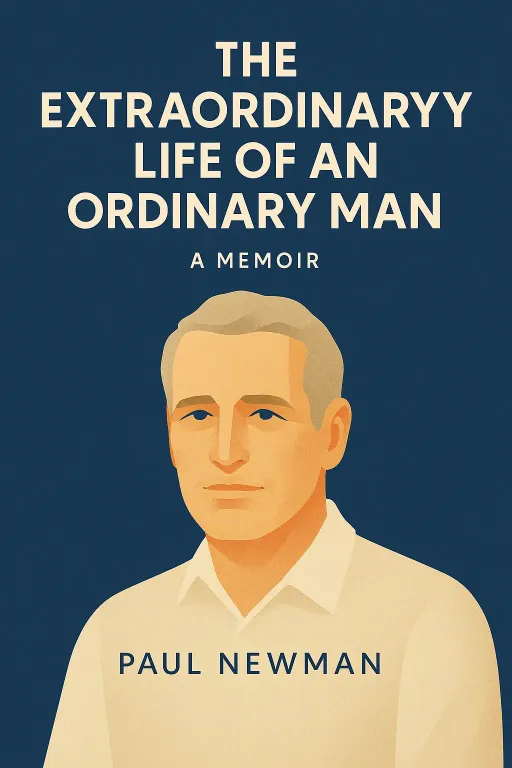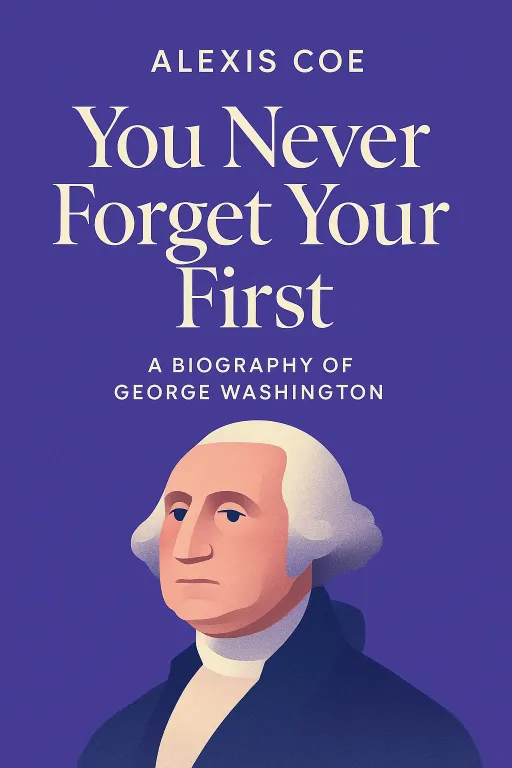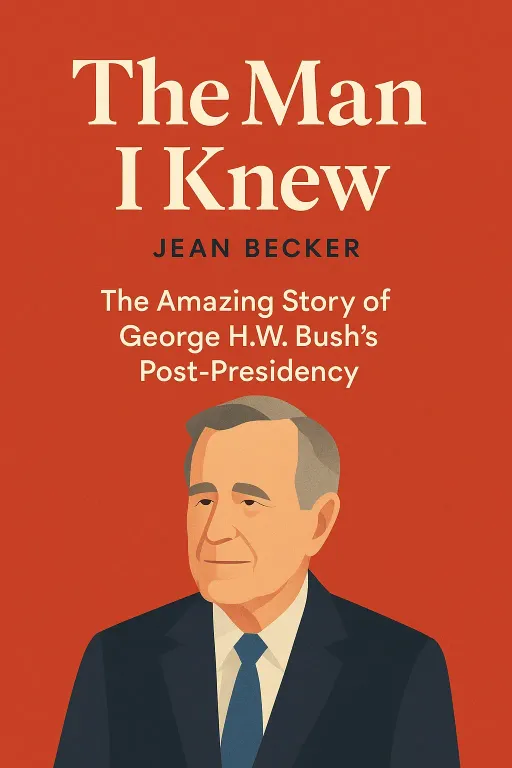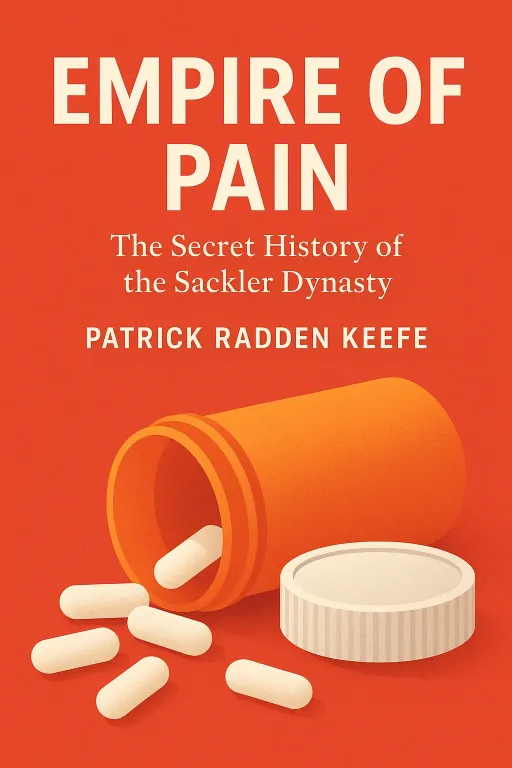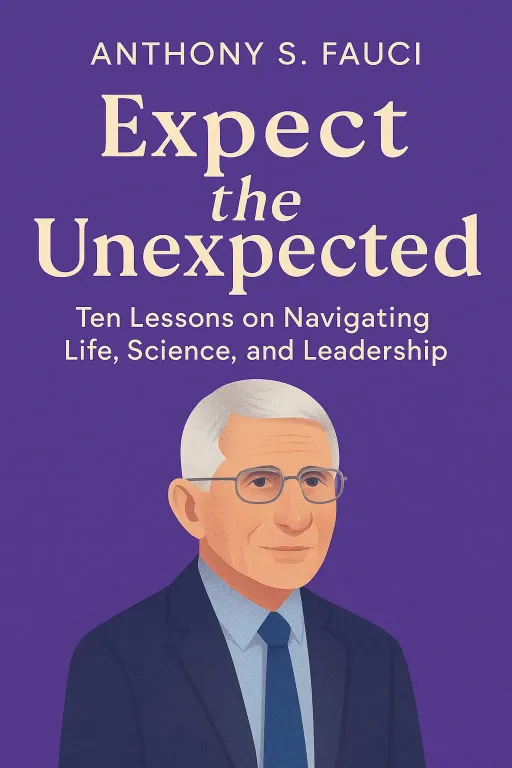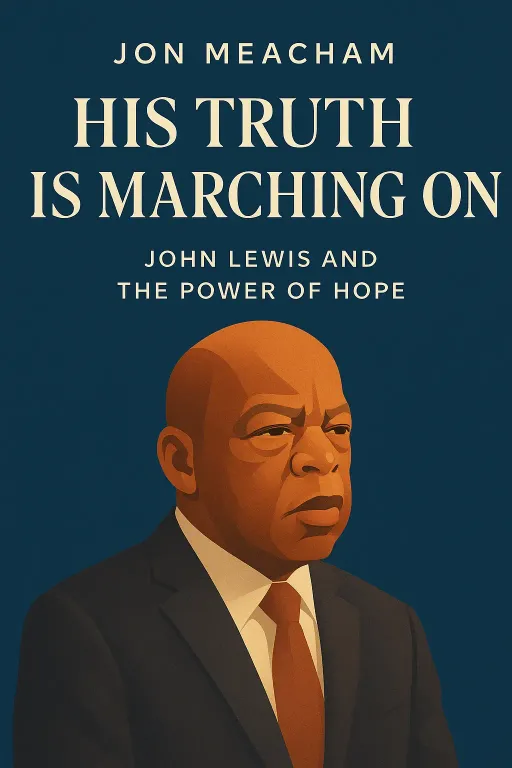
The Maverick's Blueprint: Deconstructing the Genius of Steve Jobs
11 minGolden Hook & Introduction
SECTION
Albert Einstein: Mel, as a product manager, you live at the intersection of the possible and the profitable. But what if I told you the blueprint for one of the world's most valuable companies wasn't forged in a boardroom, but in a wheat field on LSD, a calligraphy class at a college he'd dropped out of, and a garage where a prankster genius and a marketing visionary first decided to turn a hobby into a revolution? Walter Isaacson's biography of Steve Jobs isn't just a life story; it's a case study in how chaos and contradiction can forge unparalleled innovation.
Mel: That's a powerful way to put it, Albert. And it's so true. In the tech world, we love to see these polished founder stories, these neat, linear narratives of success. But the messy truth is almost always more interesting, and frankly, more useful. The idea that the DNA of a product is tied up in the chaotic, personal history of its creator… that’s something we don’t talk about enough.
Albert Einstein: Precisely! And that is what we shall explore today. Isaacson's book gives us the raw materials to understand this phenomenon. Today we'll dive deep into this from two perspectives. First, we'll explore how Jobs's chaotic early life forged his unique product philosophy at the intersection of technology and the humanities. Then, we'll discuss the catalytic partnership with Steve Wozniak that turned raw genius into a world-changing business.
Mel: I'm ready. As a PM, this feels like reverse-engineering the ultimate product: the mind of its creator.
Deep Dive into Core Topic 1: The Intersection: Forging a Product Philosophy
SECTION
Albert Einstein: Wonderful. So, let's start with that intersection. Jobs famously said creativity is just connecting things. His life was a masterclass in collecting the dots to connect later. Think about it: he was adopted, and he described himself as feeling both 'abandoned' and 'chosen'. It's a beautiful paradox, no? This duality, this tension, seems to have fueled a deep need for control over his environment, which you can see in his obsession with end-to-end product design.
Mel: That makes a lot of sense. A need for control translates directly into a desire for a seamless, controlled user experience. He didn't want anyone else's mediocre software or hardware touching his perfect vision. It's the ultimate expression of taking ownership of the entire customer journey.
Albert Einstein: Exactly. But it wasn't just about control. It was about taste. And that taste was cultivated in the most unexpected places. The most famous example from the book, of course, is his time at Reed College. He drops out after one semester, feeling guilty about the cost to his working-class parents. But he doesn't leave. He hangs around, sleeping on floors, and 'drops in' on classes that interest him. One of those was a calligraphy class.
Mel: The legendary calligraphy class.
Albert Einstein: The very one! Imagine this young man, who would later build high-tech machines, being captivated by the art of typography. The book describes how he learned about serif and sans-serif typefaces, about varying the space between different letter combinations, about what makes great typography beautiful. To him, it was artistic, historical, and subtle in a way science couldn't capture. At the time, it had zero practical application in his life. It was useless knowledge.
Mel: Or so it seemed.
Albert Einstein: Or so it seemed! Fast forward ten years. Jobs is in the midst of creating the first Macintosh computer. And he has a radical idea. While every other computer on the market used clunky, monospaced, single fonts, Jobs insisted the Mac have multiple typefaces and proportionally spaced fonts. His team thought he was mad. Why waste precious computing power on something so… decorative?
Mel: Because for him, it wasn't decorative. It was part of the core user experience. It was about making the machine feel personal, creative, and human.
Albert Einstein: Precisely! He said it himself, and I quote from the book: "If I had never dropped in on that single calligraphy course in college, the Mac would have never had multiple typefaces or proportionally spaced fonts. And since Windows just copied the Mac, it's likely that no personal computer would have them." He connected the dots, ten years apart.
Mel: That's incredible. It's the perfect example of a feature that users would never know to ask for. No focus group in 1984 would say, 'I need beautiful fonts.' It came from his unique, artistic sensibility. It's a powerful lesson for any product manager: your unique background, your hobbies, your 'useless' knowledge… that can become your product's secret weapon. It's what allows you to have a vision beyond what the market currently demands.
Albert Einstein: A vision beyond the data.
Mel: Exactly. It also speaks to the value of investing in design and user experience when the rest of the market is competing purely on technical specifications. He was playing a different game, and it started in that calligraphy class.
Deep Dive into Core Topic 2: The Catalyst: Turning Genius into a Business
SECTION
Albert Einstein: A different game, indeed. But a unique sensibility alone doesn't build a company. It needs a catalyst, an engine. And for Steve Jobs, that engine was Steve Wozniak. This brings us to our second, crucial point: the partnership that turned raw genius into a business.
Mel: The two Steves. The classic pairing of the engineer and the visionary.
Albert Einstein: A pairing for the ages! Isaacson paints Wozniak as this pure, almost magical figure. He's a technical wizard who just loves to make elegant circuits. He's a prankster. His goal wasn't money; it was to design something brilliant and then give the plans away for free at the local Homebrew Computer Club so others could learn. He was an open-source spirit before the term was even common.
Mel: A developer's developer. I know the type well. They are brilliant, but the idea of a P&L statement gives them a rash.
Albert Einstein: A perfect description. And their first real venture together proves your point. It wasn't the Apple I. It was something called a "Blue Box." In 1971, Wozniak reads an article in Esquire magazine about 'phone phreaks'—hackers who figured out how to make free long-distance calls by replicating the tones used by the phone company's switching network.
Mel: A technical challenge. Wozniak must have loved that.
Albert Einstein: He was obsessed! He saw it as the ultimate puzzle. He went to the library, found the technical journals, and designed a digital version of the Blue Box that was more stable and perfect than any of the analog ones the phreaks were using. He built it, and he and Jobs spent a night making prank calls. Their crowning achievement was trying to call the Vatican, pretending to be Henry Kissinger, to speak to the Pope. They were just kids having fun. For Wozniak, the project was complete. He had solved the puzzle.
Mel: But not for Jobs.
Albert Einstein: Not for Jobs. The book describes Jobs looking at this little box and not seeing a prank device. He saw a product. He immediately said, "We could sell these!" He figured out how to source the parts for about $40 and proposed they sell them for $150. Wozniak was hesitant—it was illegal, and he was just happy to have built it. But Jobs persuaded him.
Mel: And right there, that's the moment. That's the birth of the dynamic.
Albert Einstein: It is! Wozniak was the inventor. But Jobs was the one who saw a product, identified a market—even a niche, illegal one—created a business model, and drove it to production. That was their first business. Wozniak built it, Jobs productized it.
Mel: That is the Product Manager origin story. It's a perfect microcosm of their entire relationship. Wozniak builds a brilliant piece of technology, a circuit board for what would become the Apple I, and wants to hand out the schematics for free. Jobs says, "No. We're not selling a circuit board. We're selling a." He understood that most people don't want a box of parts; they want a solution. They want an experience.
Albert Einstein: He even insisted on a beautiful, friendly-looking case for the Apple II, something unheard of at the time. He was thinking about the product's place in a home, not just on a hobbyist's workbench.
Mel: And that's the PM function in its purest form: to be the voice of the user, to define the whole product, not just the underlying technology. Wozniak's genius was essential, but without Jobs to package it, to market it, and to give it a soul, the Apple computer might have just been a footnote in a newsletter for the Homebrew Computer Club. It's a lesson in how an incredible piece of engineering can go nowhere without someone to turn it into a value proposition for a real human being.
Synthesis & Takeaways
SECTION
Albert Einstein: So we have these two powerful, universal forces at play. First, the synthesis of art and technology within Jobs himself, born from a life of contradictions and a curiosity that wandered into 'useless' fields. Second, the partnership that channeled Wozniak's raw engineering genius into tangible, marketable products. It's like two elements that are inert on their own, but when combined, they create an explosion.
Mel: It's a beautiful summary. And it leaves me with a very practical thought for anyone listening who is trying to build something new. We get so focused on the 'what'—the features, the tech stack, the roadmap. But Jobs's story, especially his early story, teaches us that the 'who' and the 'why' are just as important.
Albert Einstein: The human element.
Mel: Exactly. So the question to ask yourself is twofold. First, who is your Wozniak? Or, if you're the Wozniak, who is your Jobs? Finding that complementary partner who sees the world differently is non-negotiable. And second, what is your calligraphy class? What seemingly unrelated passion or experience are you cultivating that might, ten years from now, become the defining feature of your greatest creation? That's the real blueprint he left behind.
Albert Einstein: A thought experiment for life itself. Thank you, Mel. That was truly insightful.
Mel: Thank you, Albert. It was a pleasure.
